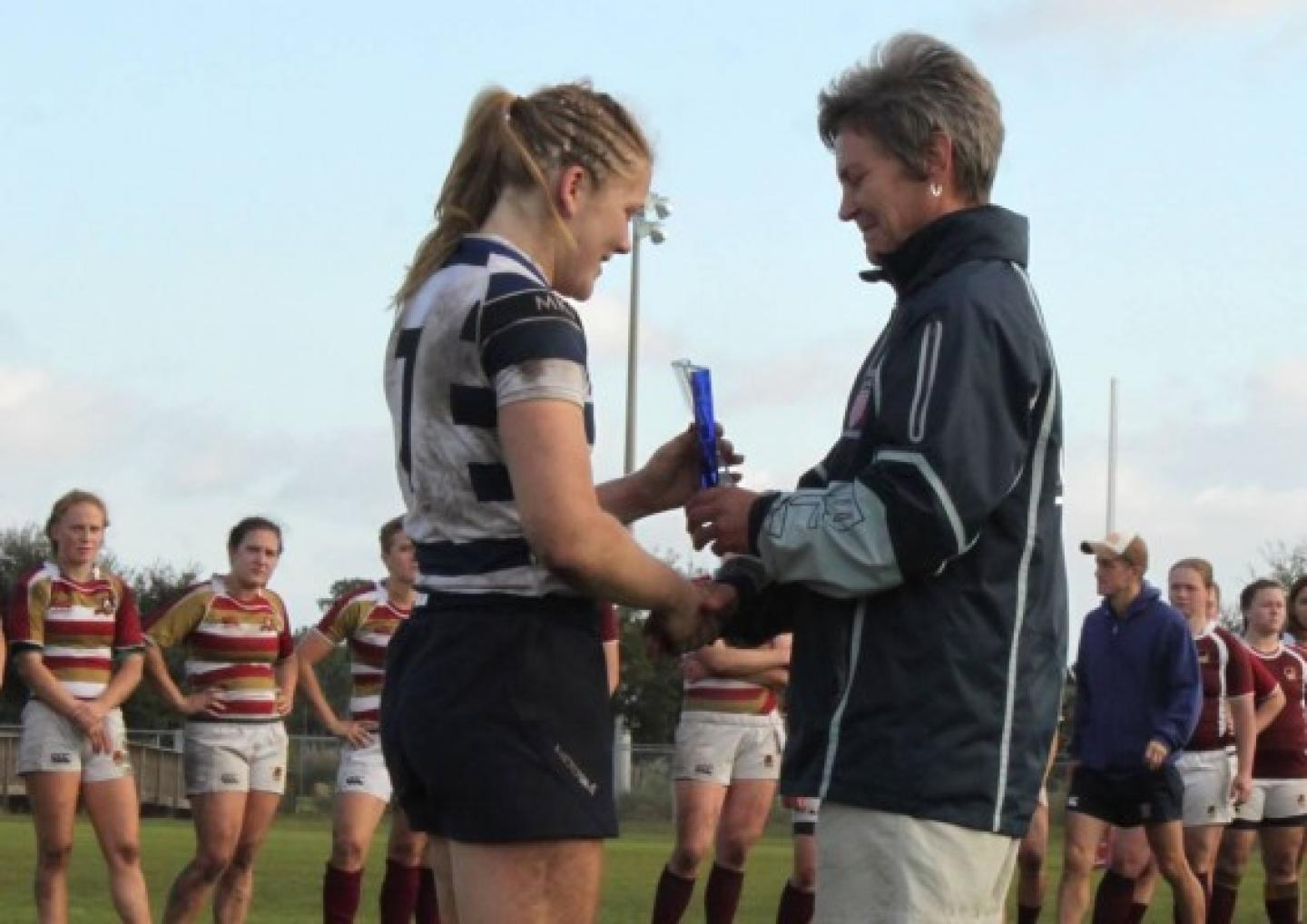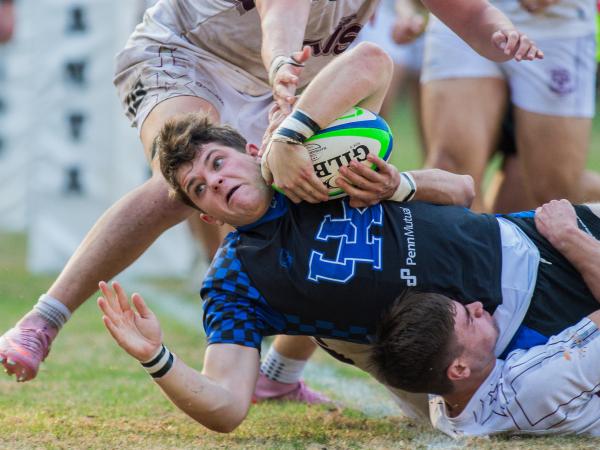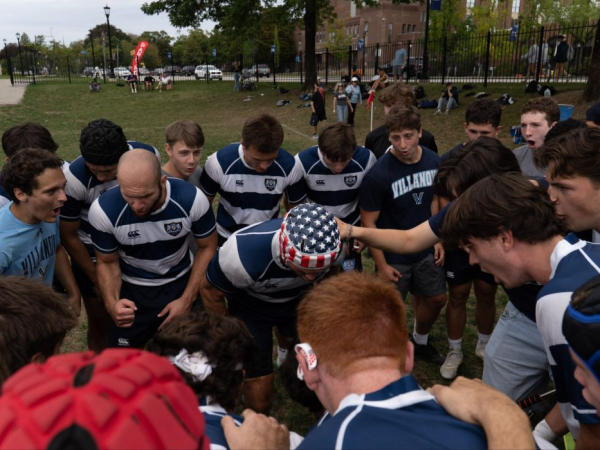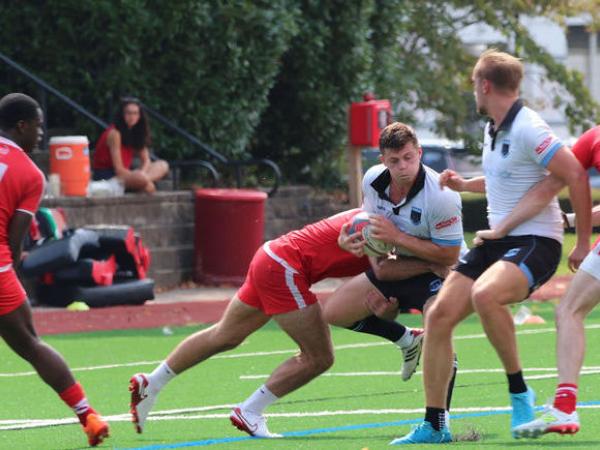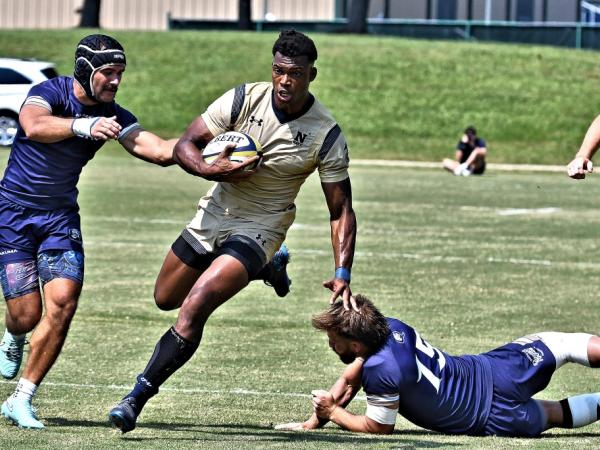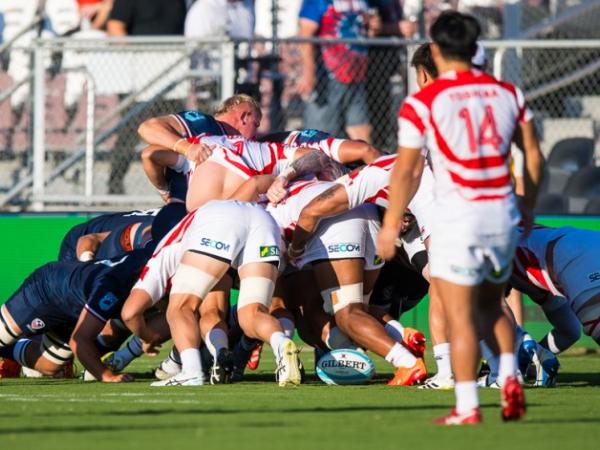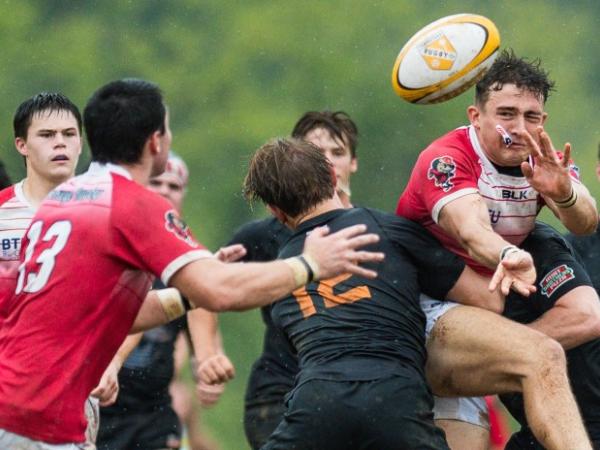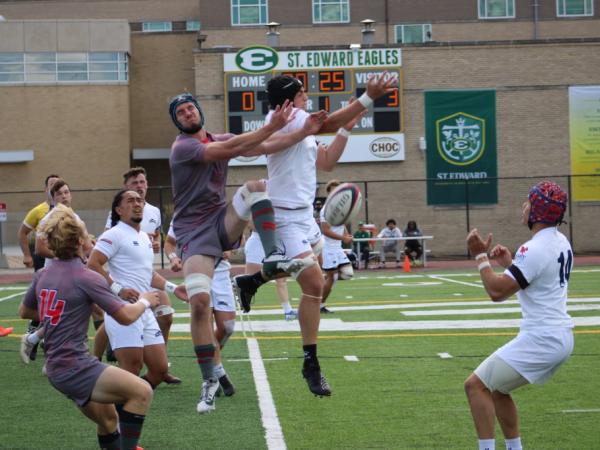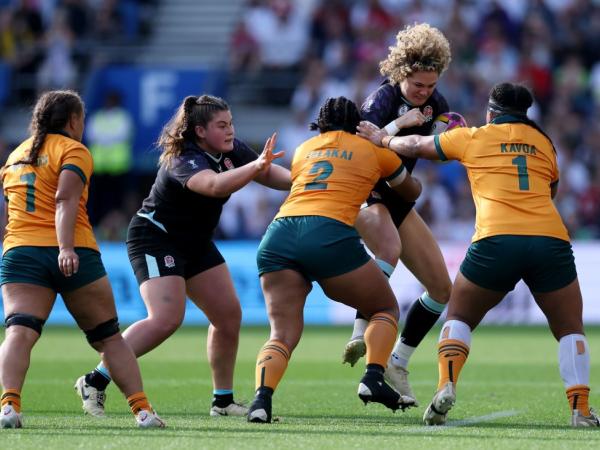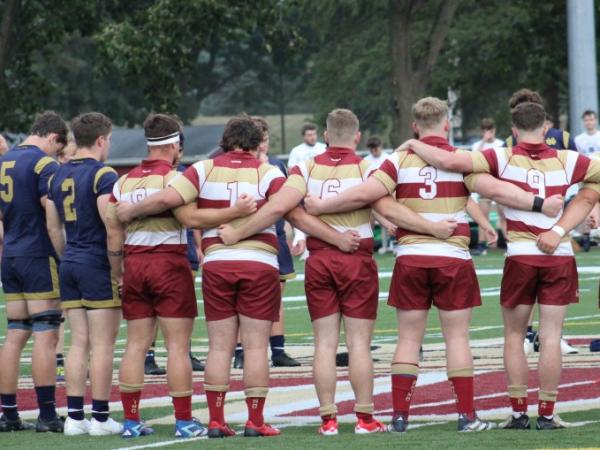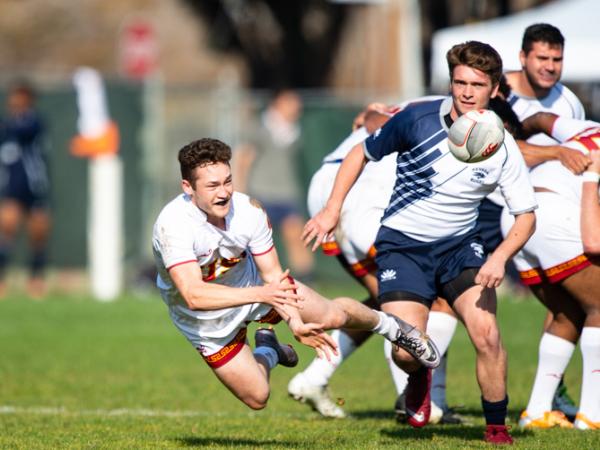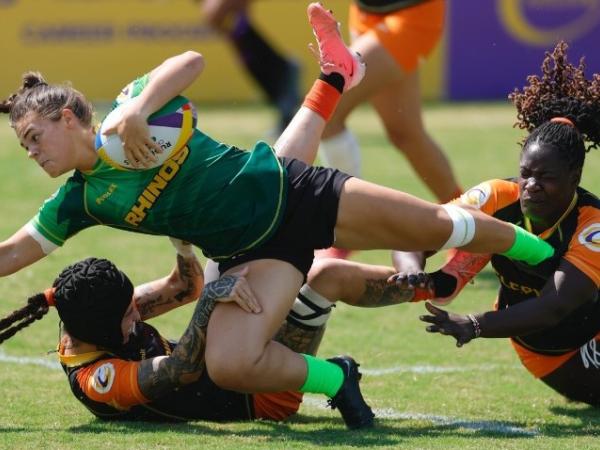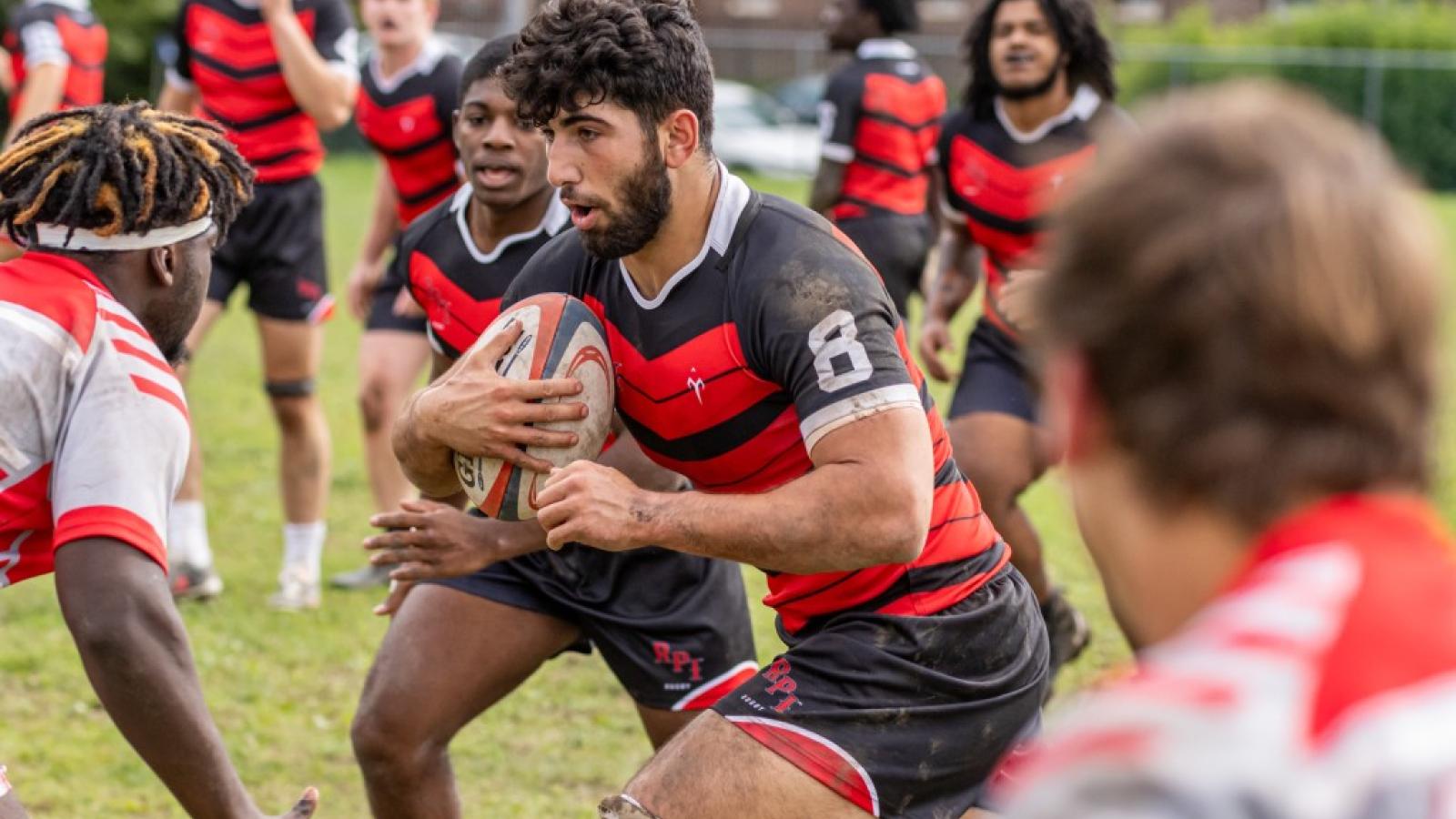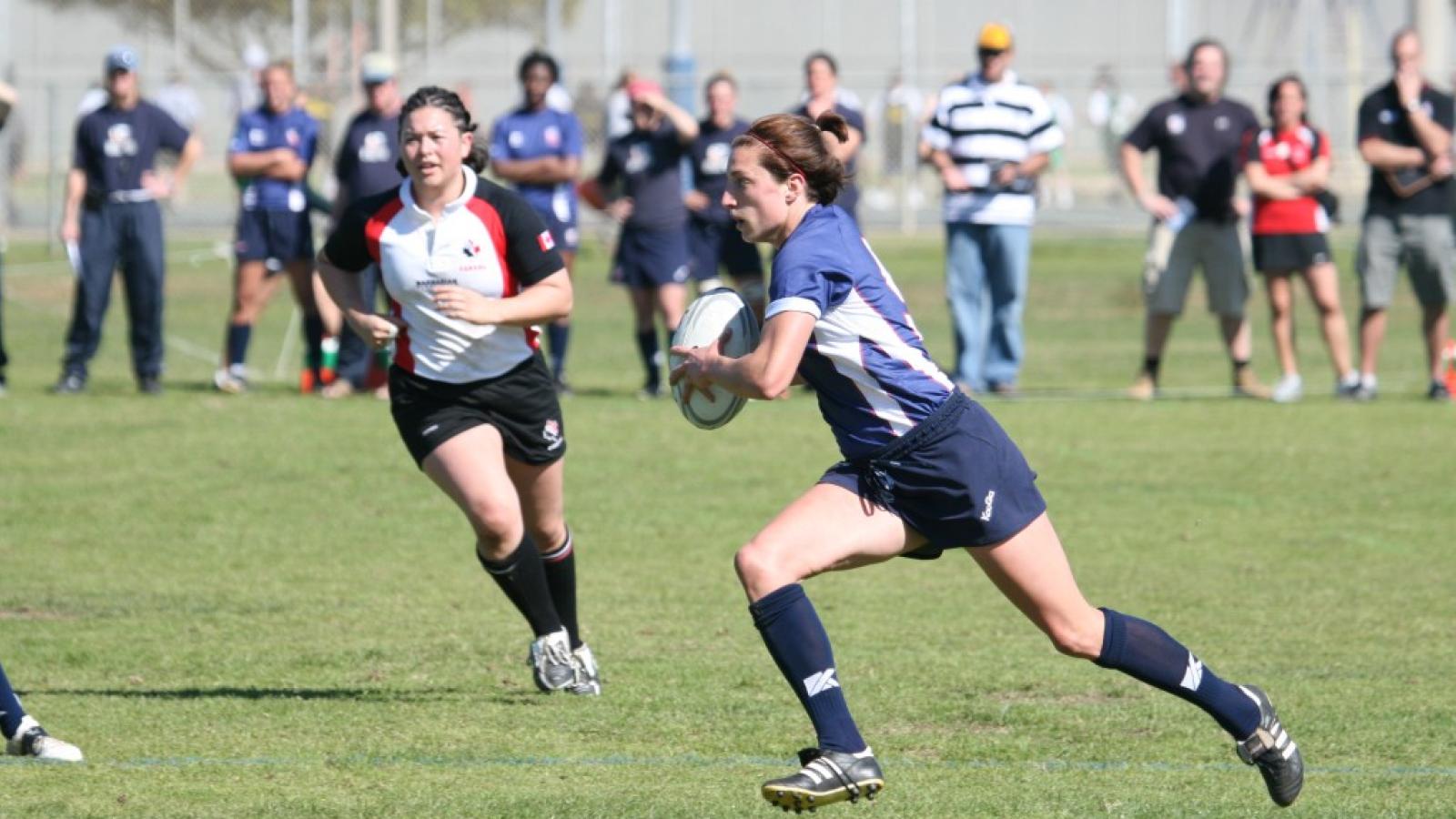During the 2013-14 season, the women’s college landscape lacked unity. ACRA had formed and more than half of the country’s programs aligned with its fall league and championships. Some fall conference winners accepted automatic bids to USA Rugby’s spring playoffs, but many didn’t, which meant diluted competition for the spring national championship.
The 2014-15 season was the first step in reconnecting these two factions and essentially naming one legitimate national champion. USA Rugby partnered with ACRA as the organization entered its second season, and what would have been the ACRA championship was rebranded as USA Rugby’s fall championship (the official title included “hosted by ACRA”). Last weekend’s DI and DII victors earned a berth to the national title matches in May.
Who will DI Penn State and DII Notre Dame College play on May 9? Beginning in January, the other half of the country – namely the west conferences, South and half of the Mason Dixon – will play out their league competitions and regional playoffs before naming one spring champion, identical to what just evolved for the fall teams. The best of the spring will play the best of the fall, and one national champion will stand on May 9.
There are still some confusing aspects to the qualifying process – like how half of a conference can take at-large bids in the fall championship while the other half plays in the spring playoffs – but the competition is still moving toward naming one national champion. Fortunately, last weekend’s fall championship culminated in a highly anticipated match that pit reigning ACRA champion Norwich against reigning USA Rugby champion Penn State.
The two had played an early-season friendly, one in which Norwich led at one point, so the question as to who was really the best in the country (between last year’s champions) lingered.
“Playing Norwich earlier in the season definitely allowed us to recognize some of their strengths,” Penn State captain Elizabeth Cairns said. “However, we knew that both [Norwich and Quinnipiac] had improved since our last encounter and expected the level of play to be much higher this time around.”
Suspicions were confirmed, as Penn State toughed out a 32-15 semifinal victory over Quinnipiac. Meanwhile, Norwich dismantled Indiana 52-10.
“Both teams greatly increased the level of physicality that we had been seeing in previous games,” Cairns reflected on the weekend. “In addition, both Quinnipiac and Norwich were fit and fast, challenging our ball at the breakdown and doing a great job in capitalizing on our missed opportunities. It was a challenge, but I felt as though the team adjusted well, especially on Sunday, in problem-solving and working together to adjust.”
In the final, the Nittany Lions built a 15-0 lead in the first half and then pulled away for a 42-5 answer as to who is the best. One of the most impressive aspects of Penn State’s wins was that two Collegiate All Americans and three Junior All Americans did not play during the weekend.
“Like any team we have struggled with injuries this season but luckily we have a lot of talented players to step up and fill holes in the lineup,” Cairns said. “The versatility of our players really showed this season; many players are able to play multiple positions, which only increases our ability to field the best team possible. Many of our freshmen have been able to quickly adapt to our style and speed of play.”
Now, Penn State knows its heading to the national final and can carefully watch its competition during the spring. It’s a nice reward having to adjust to a different kind of season.
“It was definitely strange preparing for playoffs in the fall,” Cairns compared the Big Ten’s traditional season. “[The fall championship] may have felt like more of a regional championship, mostly because of the time of year and length of preparation, but the shift in our schedule forced early development. We are proud about how far we were able to come – mentally and physically – as a team in such a short time, and are really excited to see where this team will be come May.”
Click here for a review of how the DI and DII final four evolved, and stay tuned for the spring leagues.






